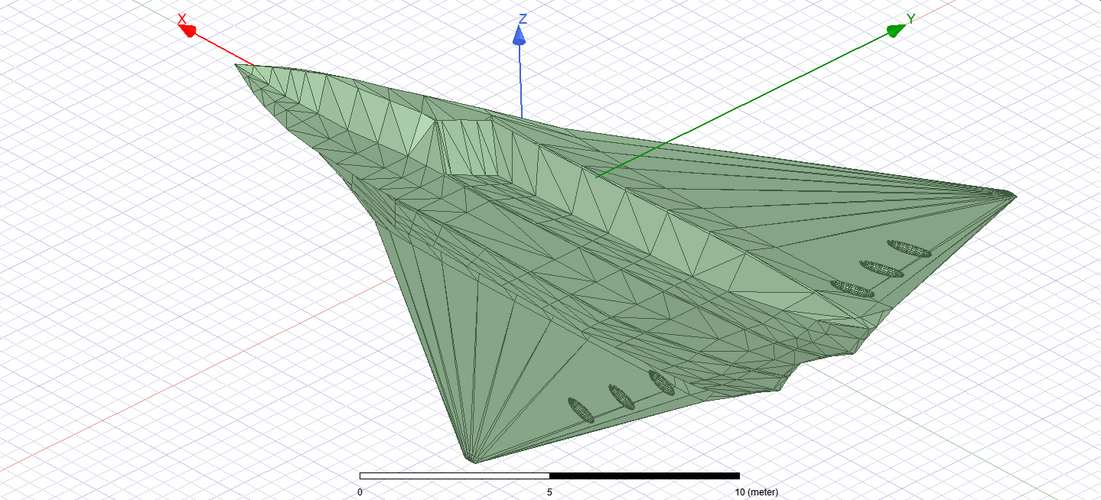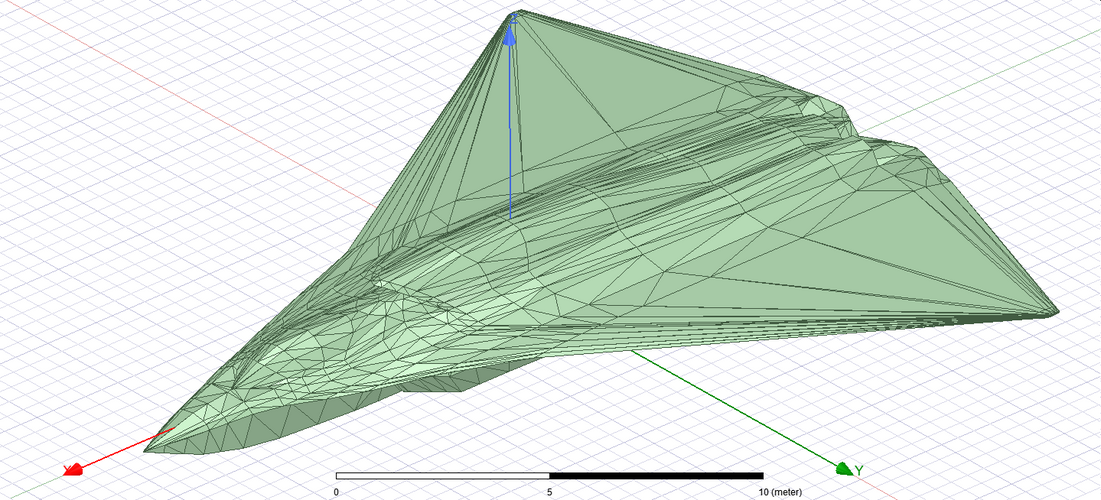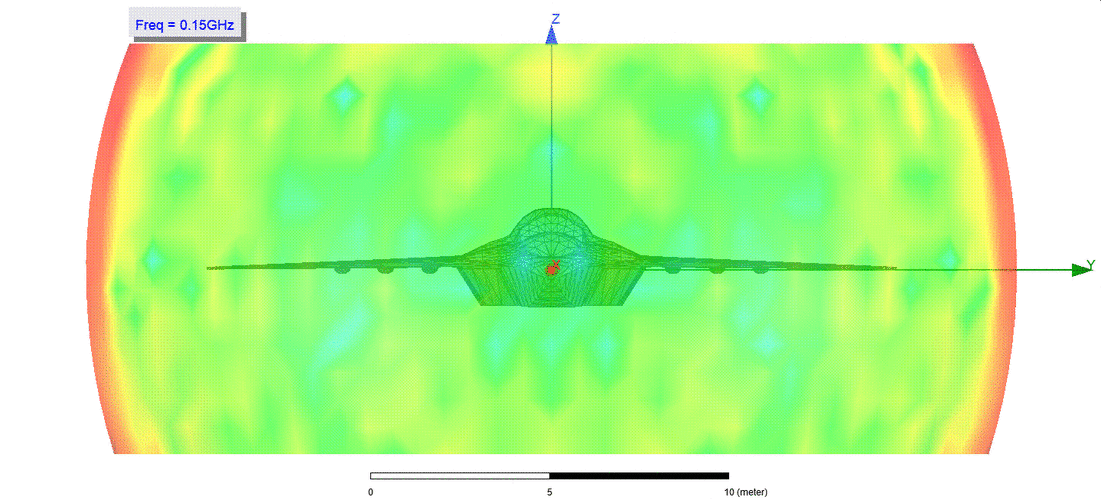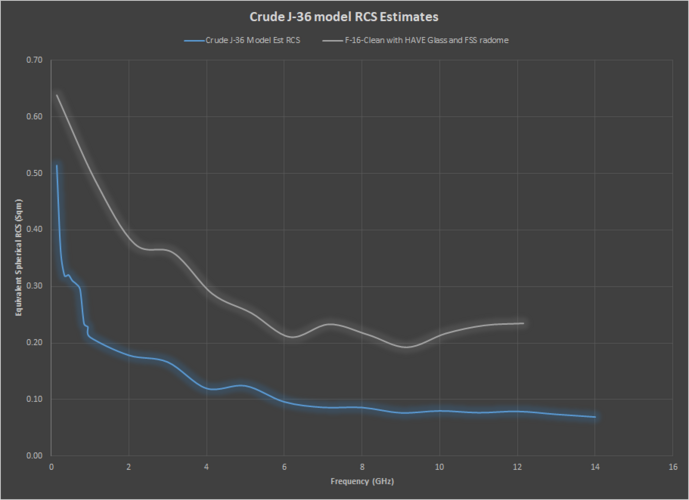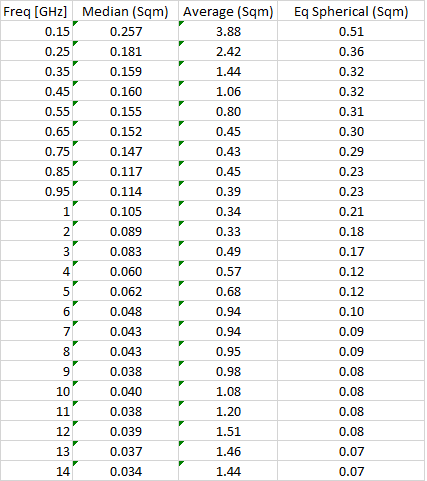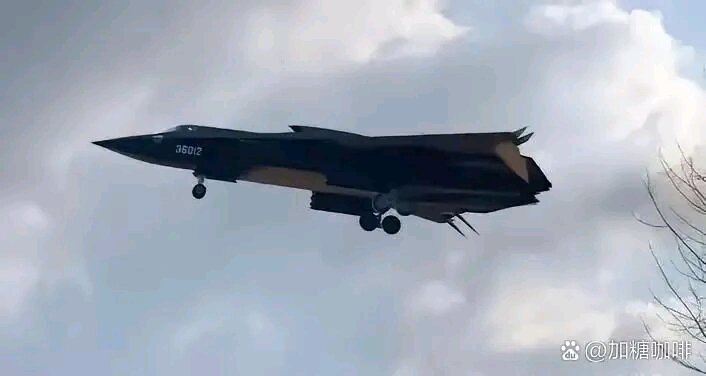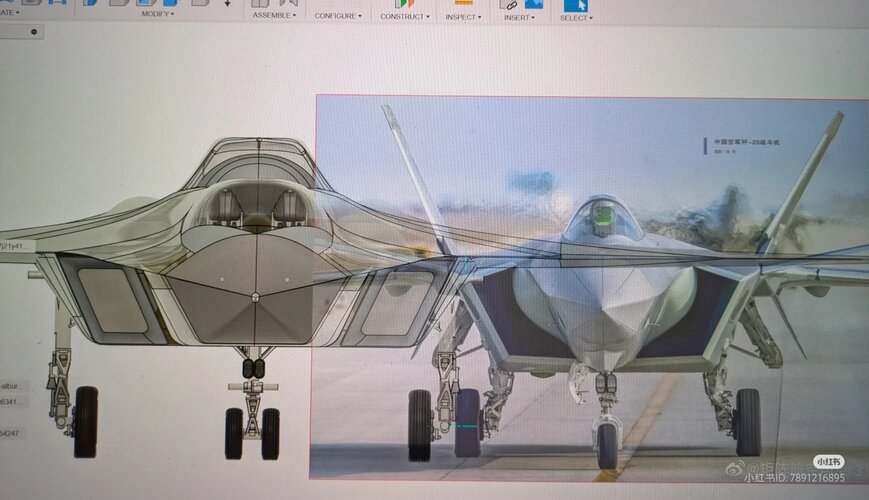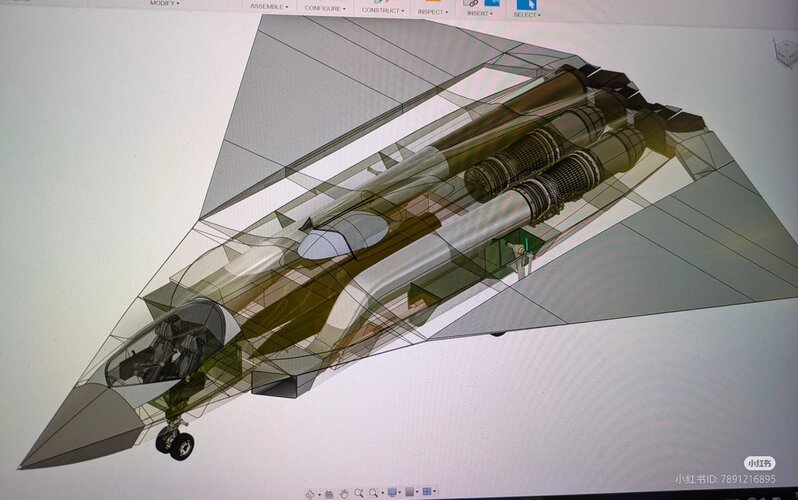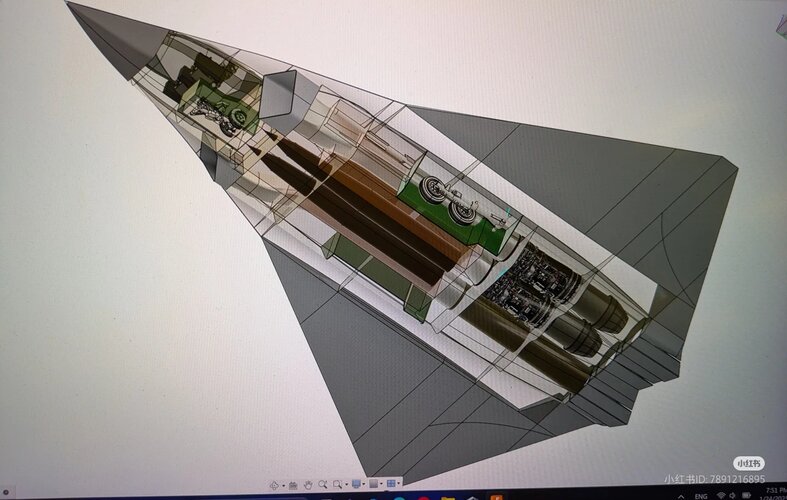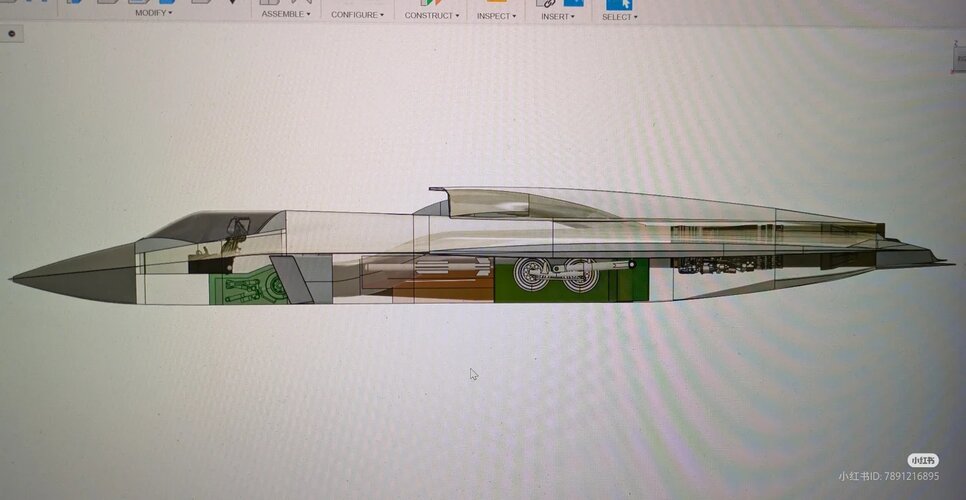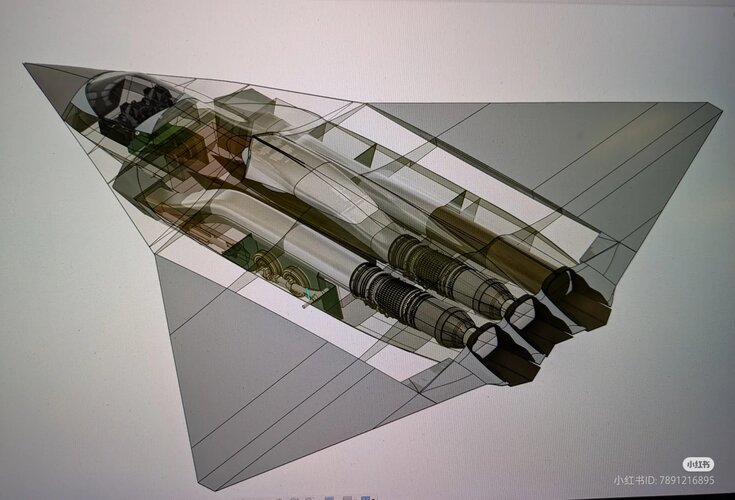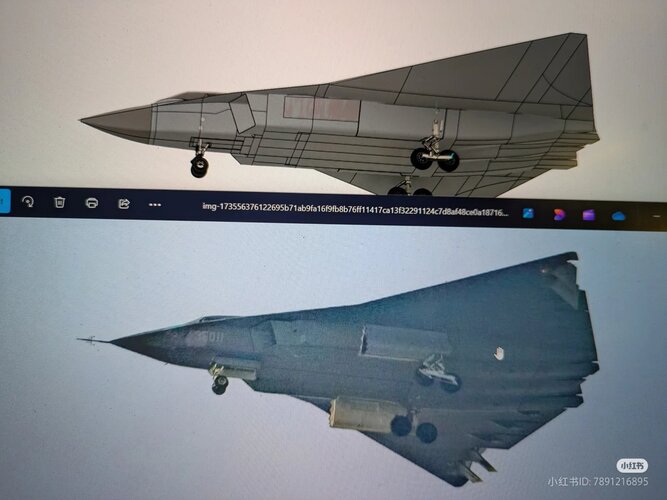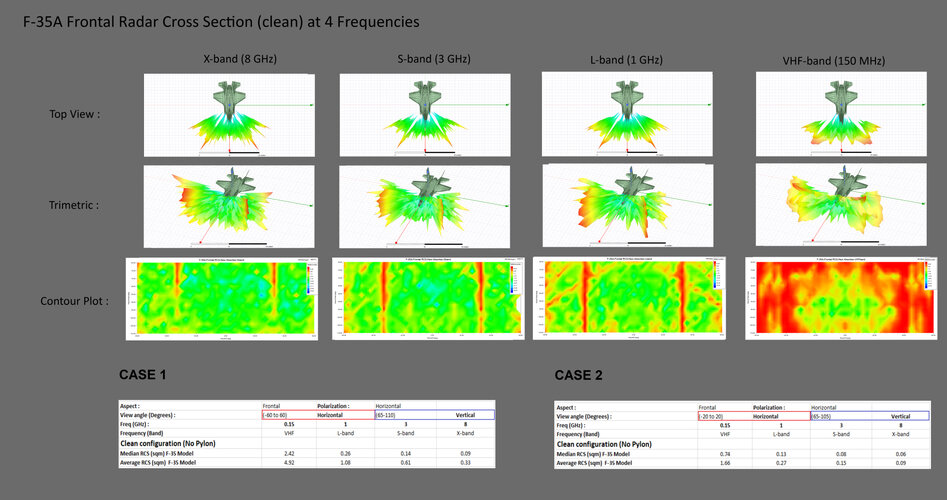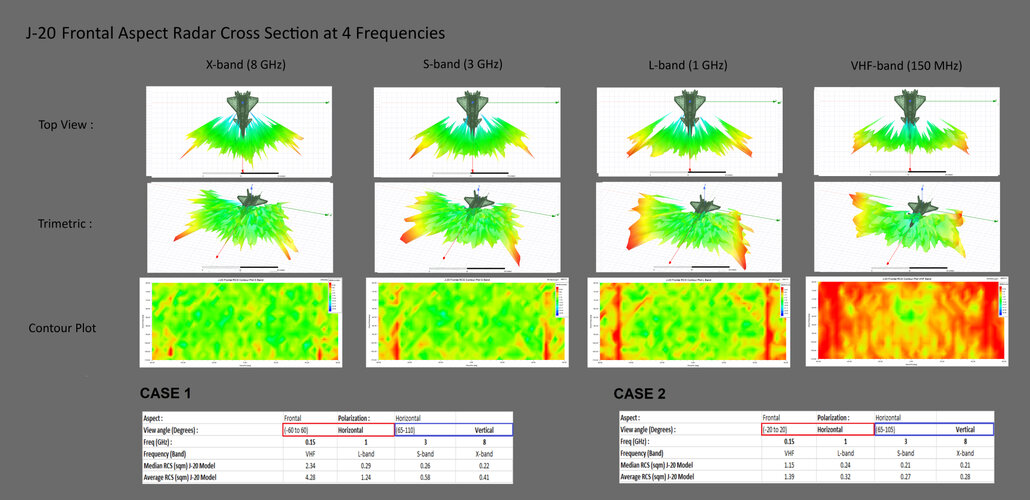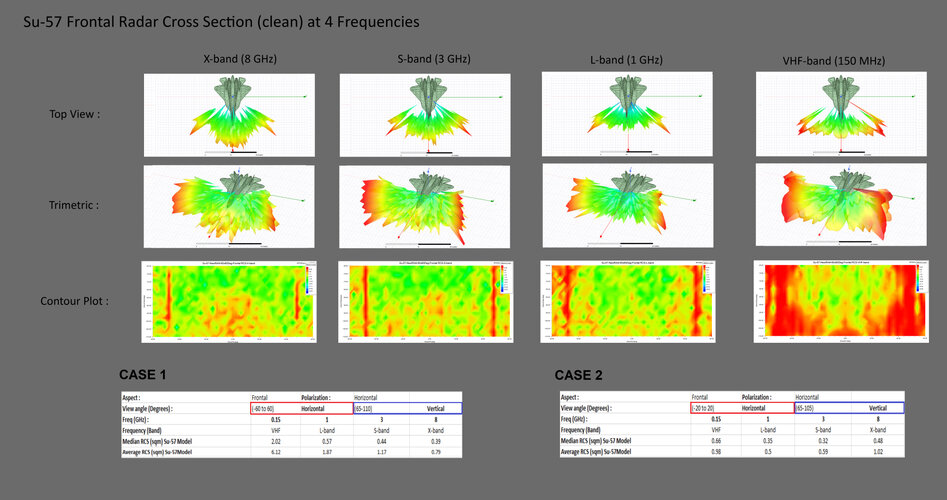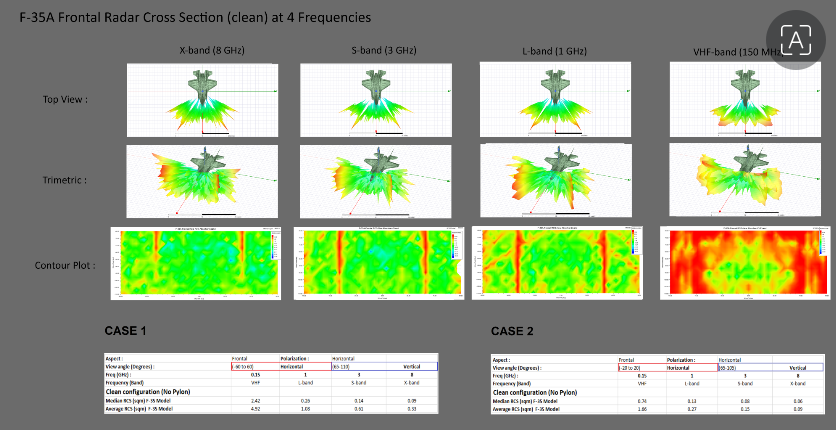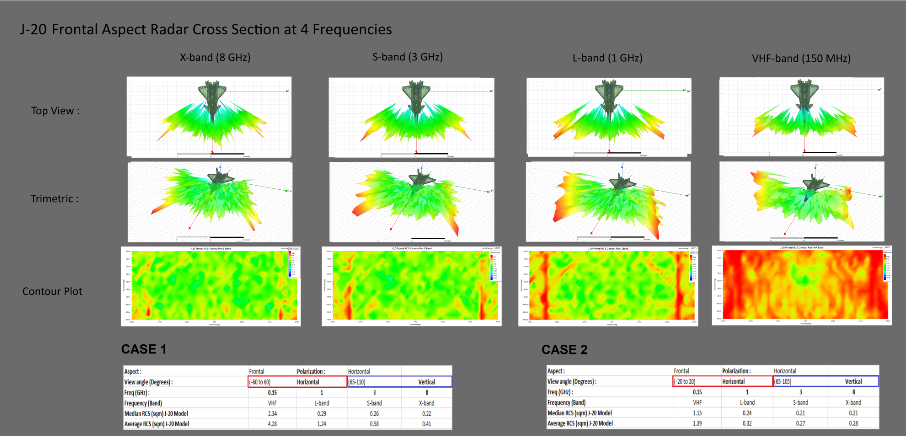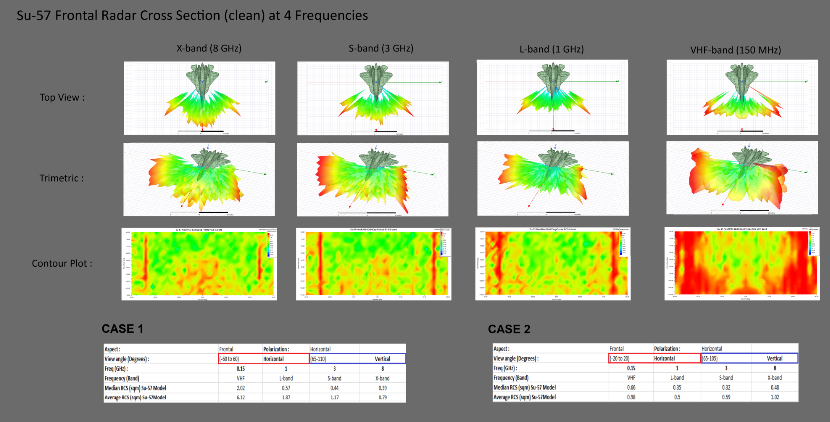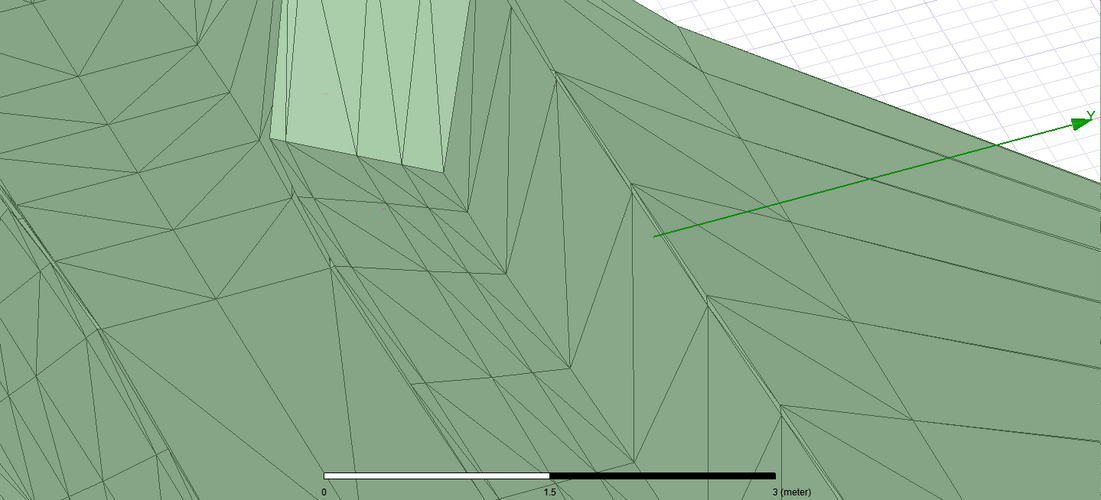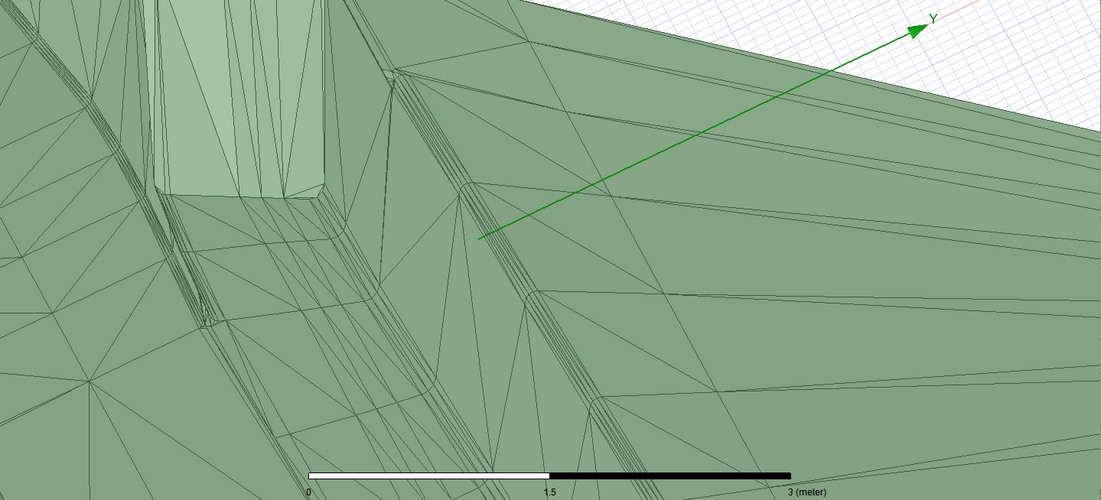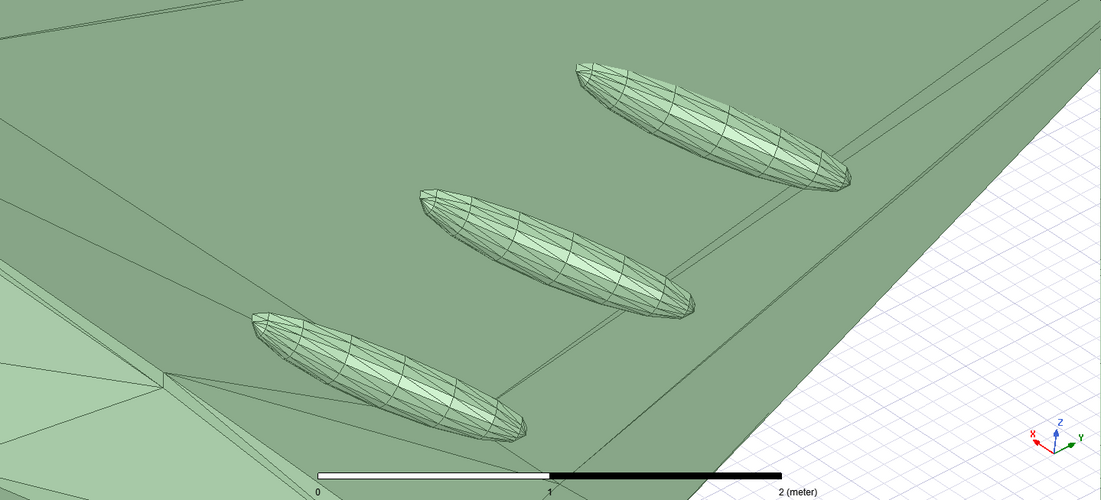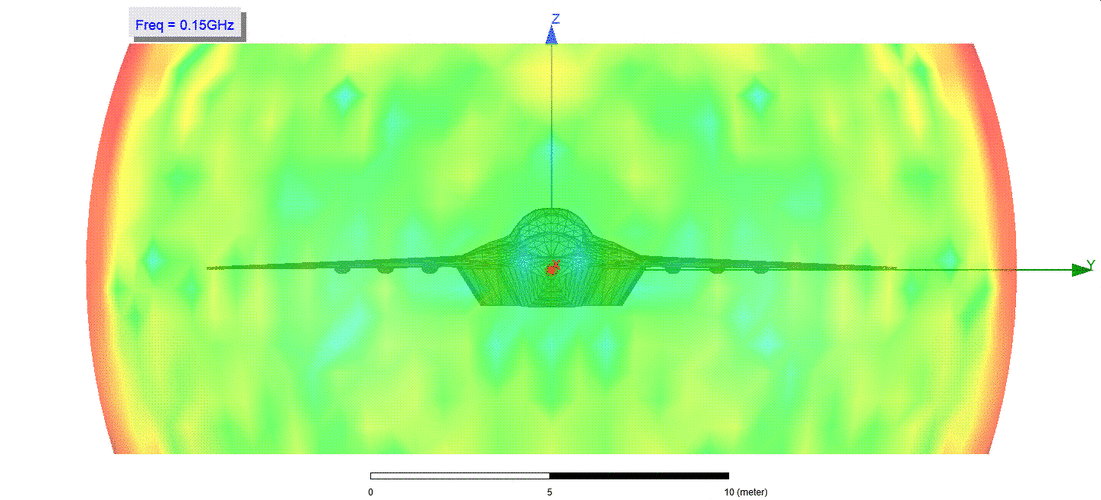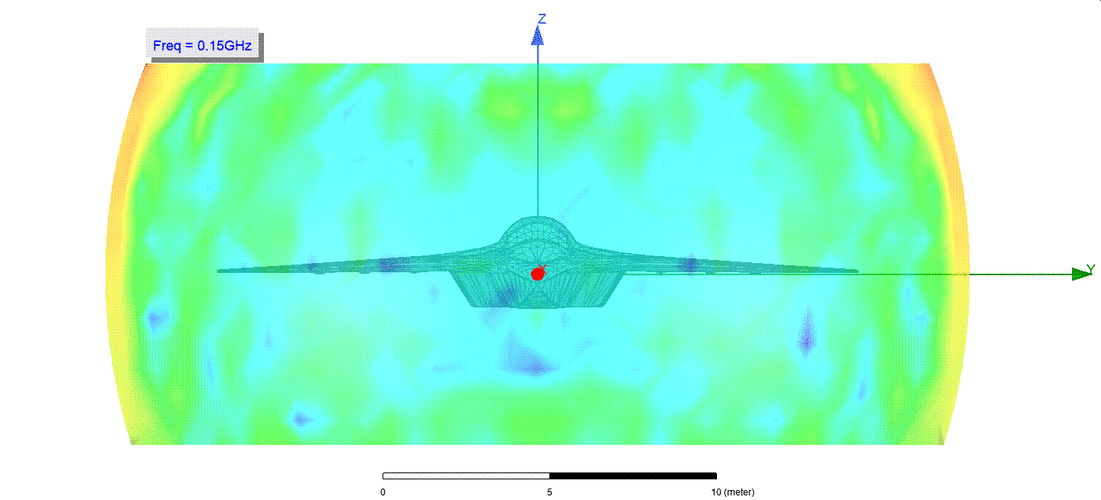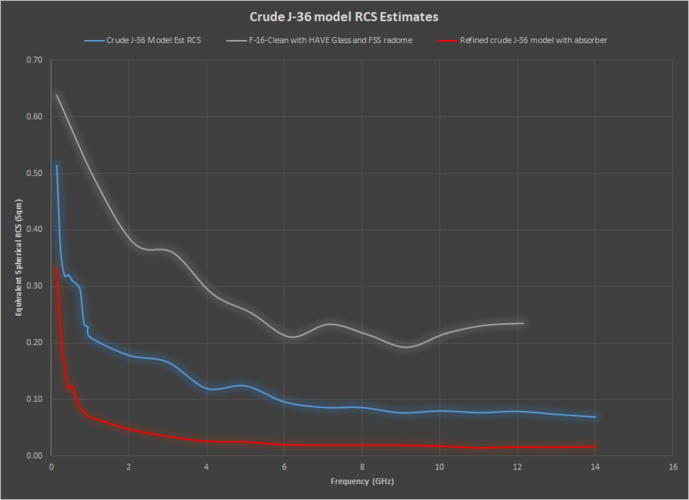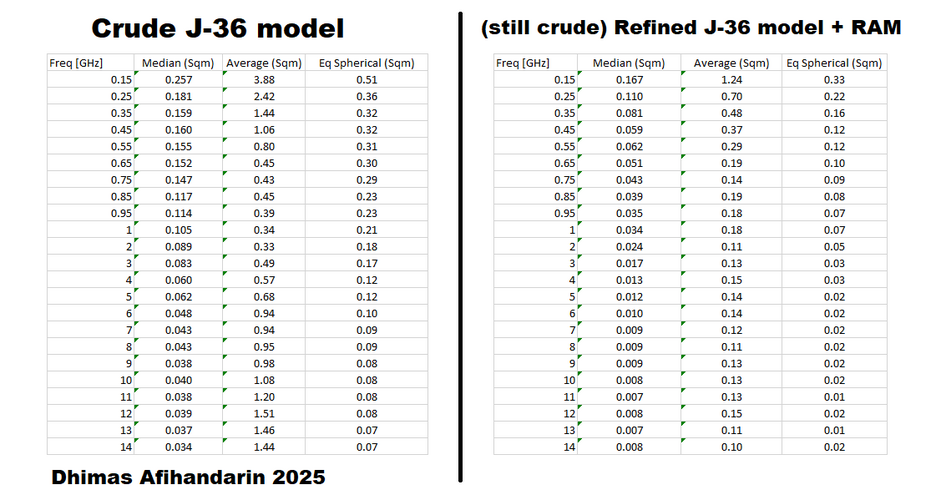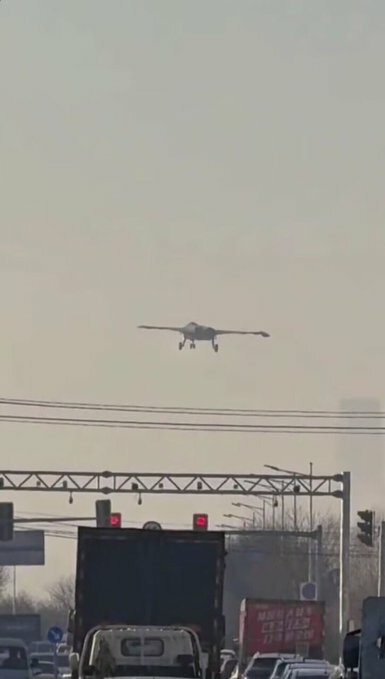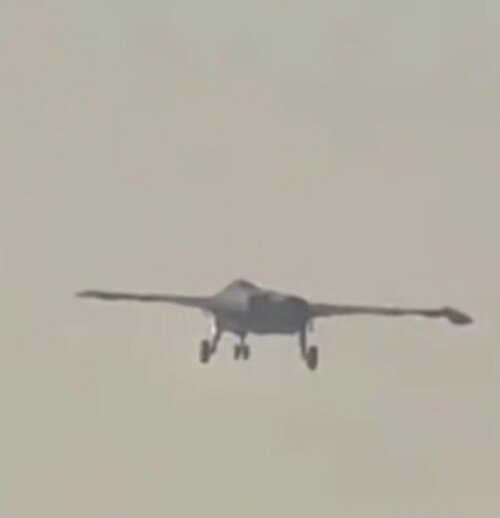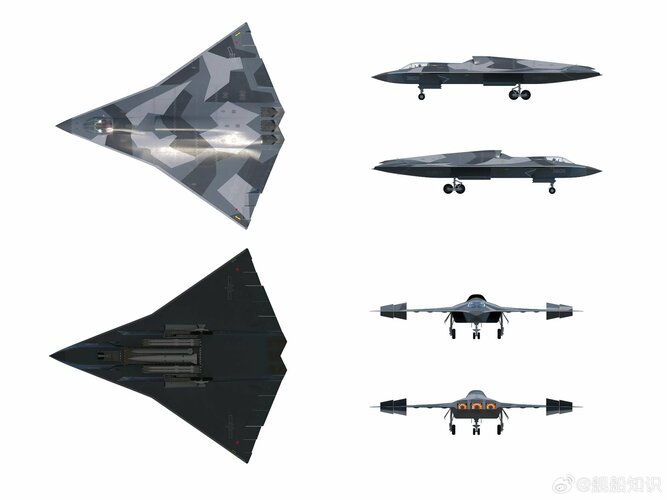Avimimus
ACCESS: Top Secret
- Joined
- 15 December 2007
- Messages
- 2,431
- Reaction score
- 911
Side detection could potentially be far larger if the sensors are mounted on a gimble to allow movement...
The nose is wide enough one might be able to mount auxiliary sensors further forward and facing sideways as well and using the same windows (likely not for targeting/imaging, but more for DASS or surveillance - but still useful).
Do you guys think this is a capability that the J-36 has or do you think that this is something different?
No idea!
A 40' target at 30 miles is only 0.0144 degrees wide.
Sensors 6' apart aimed at the exact same point 30 miles out are going to form an angle of 0.0021 at the target end.
The farther away the target, the bigger the baseline between the optics need to be to accurately determine range.
I wonder if this is as much of an issue as we think it is. With traditional binocular optical range finders it would be, but I wonder if the speed of modern electronics and fast heuristic algorithms couldn't reduce the spacing requirements (by an order of magnitude)? It might be possible to develop a system that would be much more precise (including possibly using fibre optics and references inside the housing to detect orientation at very high levels of precision).

